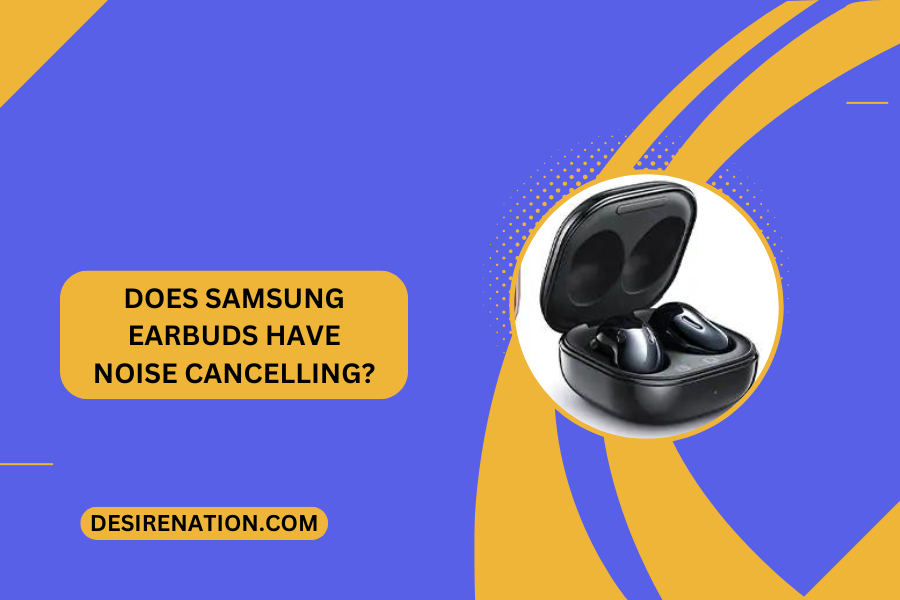Resin printing, also known as stereolithography (SLA) or digital light processing (DLP) printing, has revolutionized the world of 3D printing by offering high-resolution prints with exceptional detail and accuracy. However, the process doesn’t end once the print is complete. Curing resin prints is a crucial step to ensure optimal strength, durability, and finish. In this blog post, we’ll explore the importance of curing resin prints and provide guidance on how long to cure them for the best results.
The Curing Process:
Curing is the process of solidifying and hardening resin prints after they have been removed from the 3D printer. Resin prints are typically cured using ultraviolet (UV) light, which triggers a chemical reaction known as photopolymerization. During this process, the resin molecules cross-link and form strong bonds, resulting in a solid and durable final print.
Importance of Curing Resin Prints:
Curing resin prints offers several key benefits:
- Strength and Durability: Curing resin prints increases their strength and durability, making them more resistant to wear, impact, and environmental factors. Fully cured prints are less likely to deform or break over time, ensuring long-lasting performance.
- Surface Finish: Curing helps to improve the surface finish of resin prints by reducing tackiness and stickiness. Fully cured prints have a smooth and glossy surface that enhances their visual appeal and makes post-processing tasks such as sanding and painting easier.
- Biocompatibility: Curing resin prints is essential for achieving biocompatibility, especially for prints intended for medical or dental applications. Fully cured prints are safe for use in contact with skin or internal tissues without causing irritation or allergic reactions.
How Long to Cure Resin Prints:
The length of time required to cure resin prints depends on several factors, including the type of resin used, the thickness of the print, and the curing method employed. As a general rule of thumb, resin prints should be cured for:
- Standard Resins: 5 to 15 minutes
- Tough or Engineering Resins: 10 to 20 minutes
- Flexible or Elastic Resins: 15 to 30 minutes
It’s important to note that over-curing resin prints can lead to brittleness or yellowing, so it’s best to follow the manufacturer’s recommendations for curing times and methods.
Curing Methods:
There are several methods for curing resin prints, including:
- UV Curing Chamber: UV curing chambers are specialized devices equipped with UV lights that emit high-intensity UV radiation to cure resin prints quickly and efficiently. These chambers offer precise control over curing conditions and ensure uniform curing across the entire print.
- UV Nail Lamp: UV nail lamps, commonly used for curing UV nail polish, can also be used to cure resin prints. Simply place the print under the UV lamp and cure it for the recommended duration.
- Sunlight: Natural sunlight contains UV radiation and can be used to cure resin prints outdoors. However, sunlight curing may be less reliable than using a UV curing chamber or lamp, as the intensity and consistency of UV radiation can vary depending on weather conditions.
Conclusion:
Curing resin prints is a critical step to ensure optimal strength, durability, and finish. By following the recommended curing times and methods, you can achieve high-quality prints with exceptional mechanical properties and visual appeal. Whether you’re printing prototypes, jewelry, or miniatures, proper curing will enhance the performance and appearance of your resin prints, allowing you to unleash the full potential of resin 3D printing technology.
You Might Also Like These:
How to Print Multiple Pictures on One Page
How to Print Google Slides with Notes












